The unique historical, cultural and religious values of Dau Pagoda, especially the mystery of the phenomenon of "full body relics" of the two Zen masters Vu Khac Minh and Vu Khac Truong, need to be studied and clarified to affirm the role of a typical Buddhist center in the Northern Delta region.
That is the general opinion of experts and scholars at the scientific workshop "Dau Pagoda (Thanh Dao Tu) and the imprint of two Zen masters of the Vu family in the flow of national cultural history" held on April 19 at Dau Pagoda (Thanh Dao Tu), Gia Phuc village, Nguyen Trai commune, Thuong Tin district, Hanoi.
Famous ancient temple in Son Nam town
In his opening speech, Dr. Dinh Duc Tien, University of Social Sciences and Humanities, Vietnam National University, Hanoi, said that Dau Pagoda is a famous ancient temple with a long history in Son Nam town (an old place name referring to the land south of Thang Long from the early Le dynasty to the Nguyen dynasty).
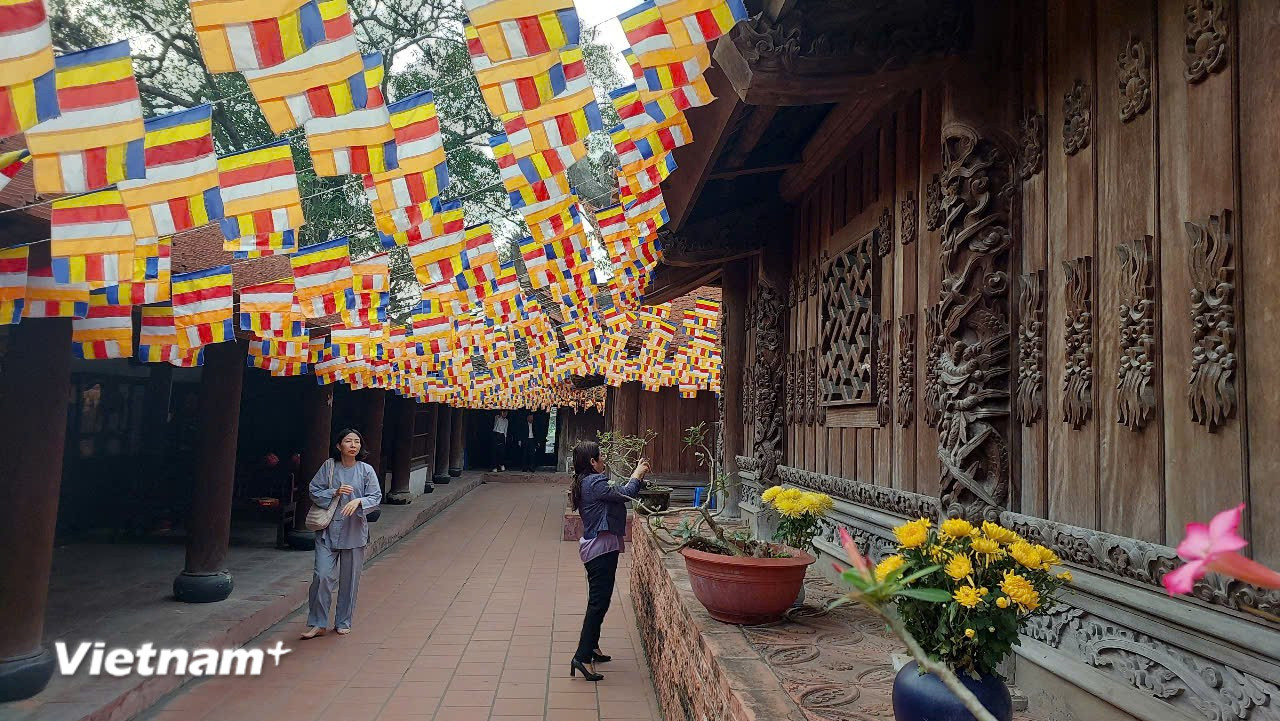
Through historical periods from Tran, Le, Mac and especially Le Trung Hung, Dau Pagoda has become a pagoda associated with the Le royal family, with the Trinh lord's palace in the capital Thang Long.
The pagoda not only possesses traditional Vietnamese architecture and visual arts, but is also the place of practice of two Zen masters named Vu, Khac Minh (Dao Chan) and Khac Truong (Dao Tam). After their death, they left behind their “flesh bodies” or “whole body relics” – a particularly important mark in their practice, recognized by the State as a National Treasure in 2016.
Up to now, there have been many studies on the history, architecture, and sculpture of Dau Pagoda; on the practice and techniques of preserving the bodies of the two Zen masters.
However, previous studies mainly focused on technical issues of determining the structure and techniques of preserving the body, and there have not been many monographs mentioning the conduct, methods and practices of the two Zen masters with the last name Vu.
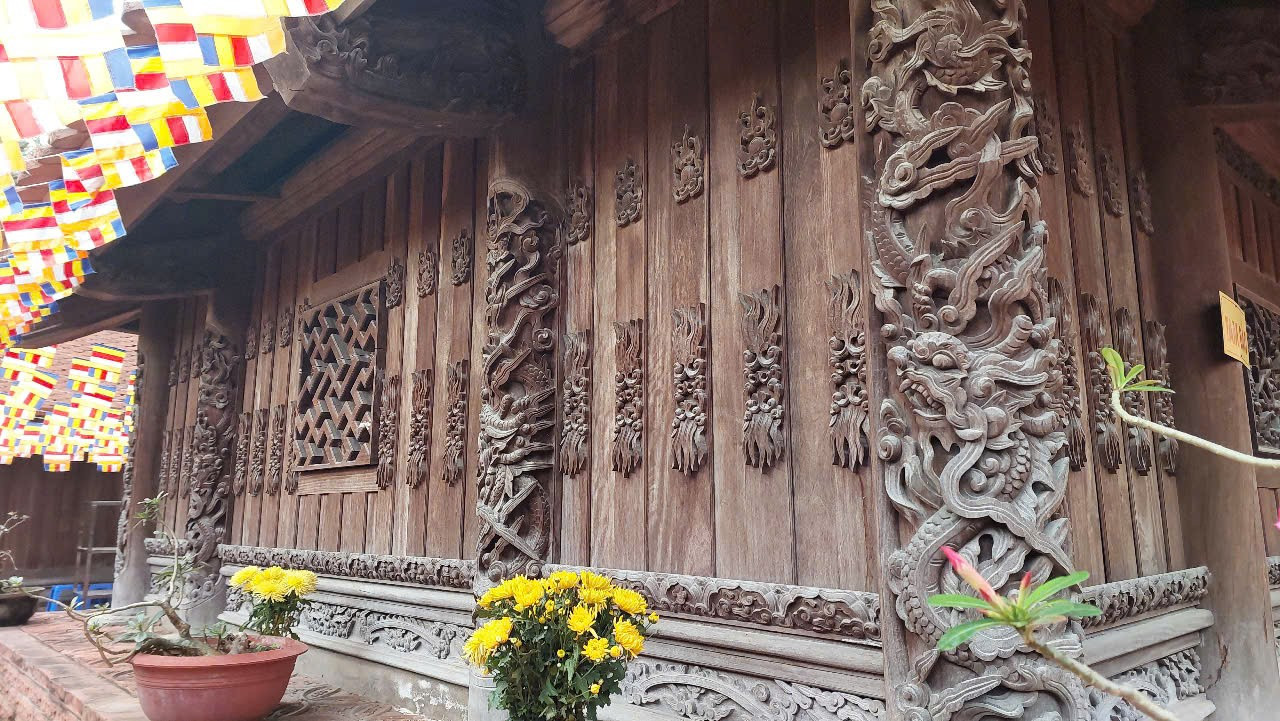
Most Venerable, Doctor Thich Bao Nghiem, Vice President of the Executive Council of the Vietnam Buddhist Sangha, said that the workshop clarified the historical and cultural values of Dau Pagoda in the flow of Buddhist cultural history in particular, and of the Vietnamese people in general. This is also an opportunity for the academic community, Buddhists and people to look back at the great values of Dau Pagoda heritage, thereby proposing appropriate solutions for preservation and promotion in the period of promoting sustainable cultural and tourism development.
“This scientific conference is very meaningful in the context that we are looking forward to the United Nations Day of Vesak 2025 where all people will be able to pay homage to the Buddha's relics and the heart relics of Bodhisattva Thich Quang Duc. At Dau Pagoda, where the 'full body relics' of the two Zen masters are kept, we can see the transmission of Buddhism in the cultural flow of the Vietnamese people,” said Most Venerable Thich Bao Nghiem.
Finding a way to preserve 'whole body relics' for long term
Associate Professor, Doctor Nguyen Lan Cuong, who directly participated in the research, preservation and restoration of the two Zen masters' flesh statues, once said that these two "full-body relics" contain elements that science has not yet fully explained. Therefore, scientists need to continue to research and monitor to have a more accurate view. On that basis, the method of preserving these two national treasures will be increasingly improved.
Most Venerable, Doctor Thich Tho Lac, Head of the Central Cultural Committee of the Vietnam Buddhist Sangha, affirmed that the flesh statues of the two Zen masters of Dau Pagoda as well as a number of other monks need to be identified as precious heritages of Vietnamese Buddhist culture, and there needs to be a plan to preserve and conserve them.
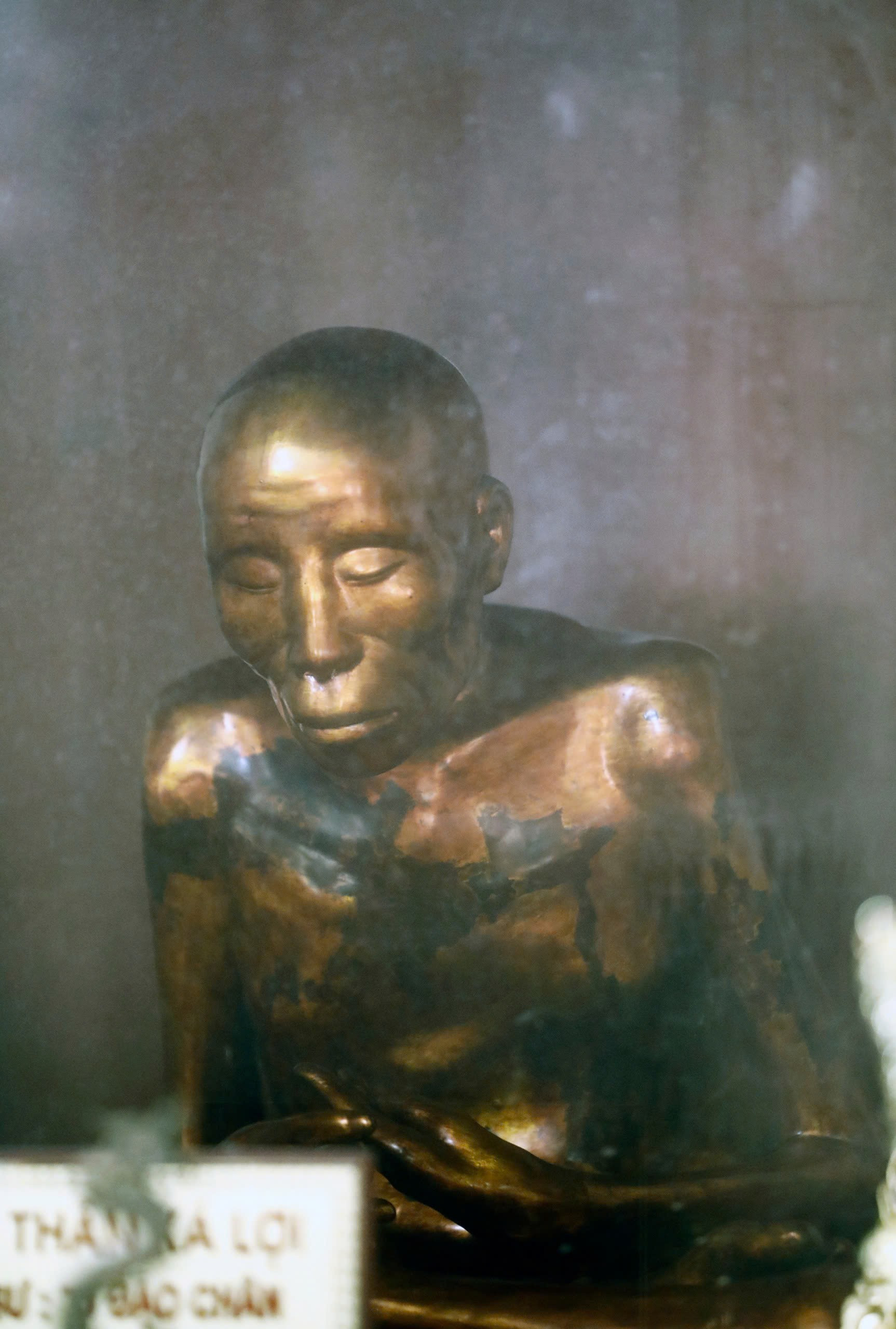
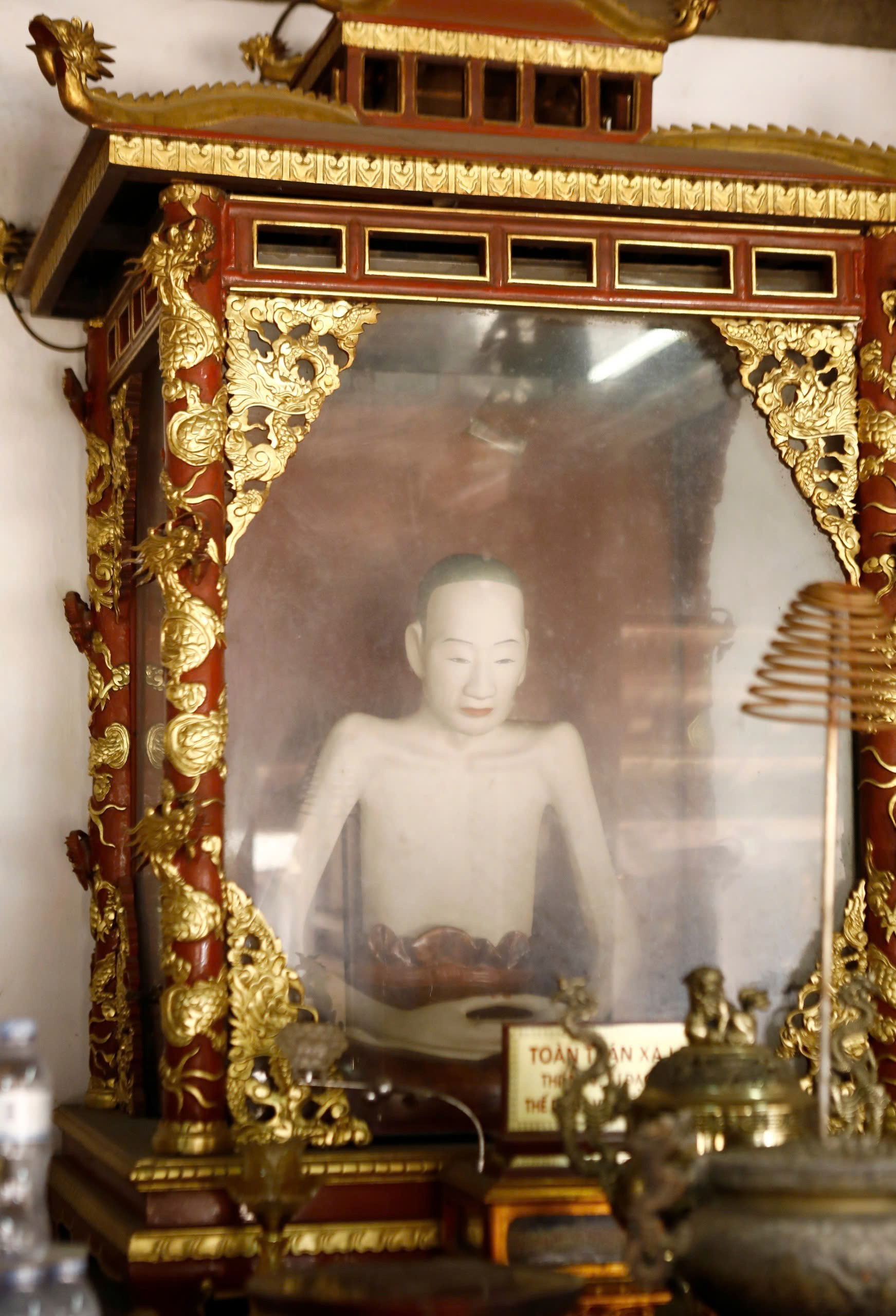
Venerable Thich Tho Lac also pointed out the fact that there are certain shortcomings between the pagoda (where Buddhist activities are practiced) and the State management agency; between the need for religious beliefs and the practical implementation of the Heritage Law in the work of preserving, restoring and embellishing Buddhist heritages. In many cases, due to lack of funds and lack of understanding of Buddhist relics and heritages, heritages are degraded, damaged, even destroyed and lost.
“Therefore, for the pagoda, as well as for management levels, establishing a standard for preserving and promoting Buddhist heritage values is an urgent task,” said Venerable Thich Tho Lac.
Specifically, the Head of the Central Cultural Committee of the Vietnam Buddhist Sangha suggested that the two Zen masters should be dressed in robes to make the worship more solemn. The arrangement of the two statues in the worship room should also be reconsidered to be consistent with the order and history of Buddhism.
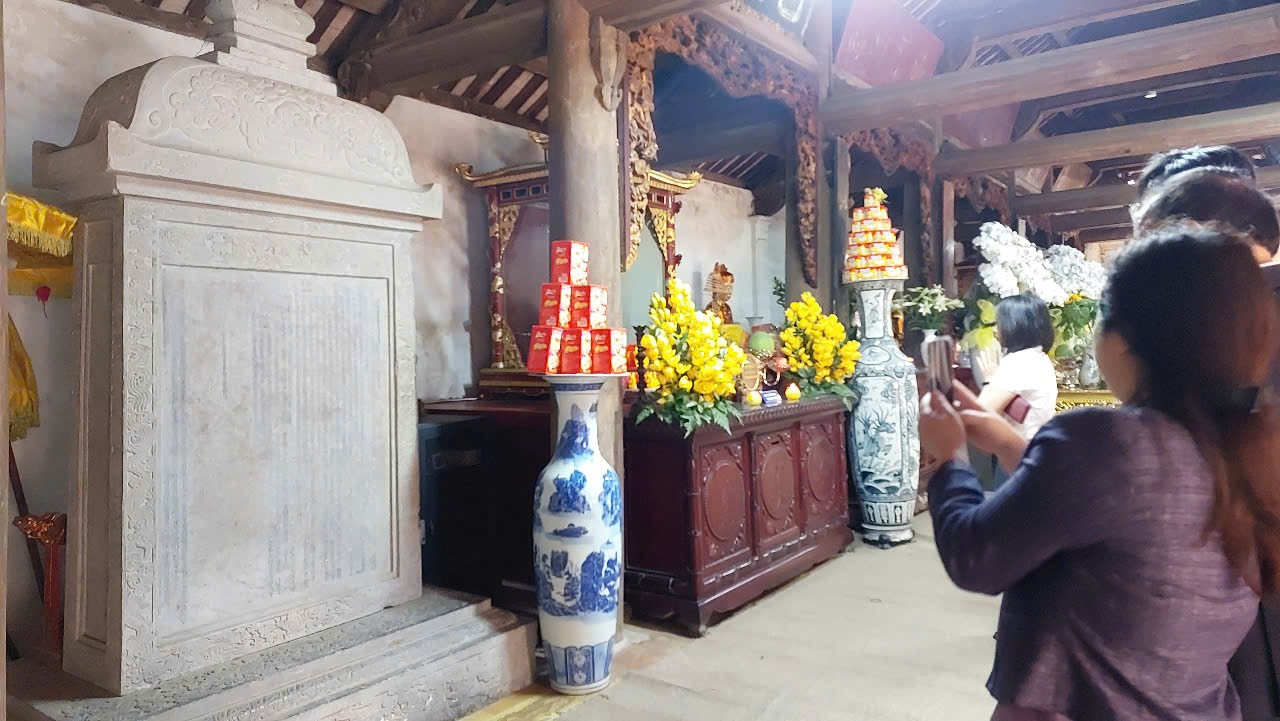
Contributing to the workshop, Dr. Nguyen Ngoc Minh, University of Social Sciences and Humanities, Vietnam National University, Hanoi, said that the management and promotion of Dau Pagoda heritage requires applying more new forms of technology.
The first thing to do is to digitize the entire system of documents about Dau Pagoda to facilitate storage and research. The pagoda needs to pay more attention to the application of technology, typically implementing automatic explanations via QR codes (currently the pagoda only stops at 2D information boards) and moving towards applying more modern techniques such as 3D mapping. The system of artifacts and treasures of the pagoda, especially the system of Buddha statues, bronze books and two flesh statues of two Zen masters can be scanned to create 3D models./.
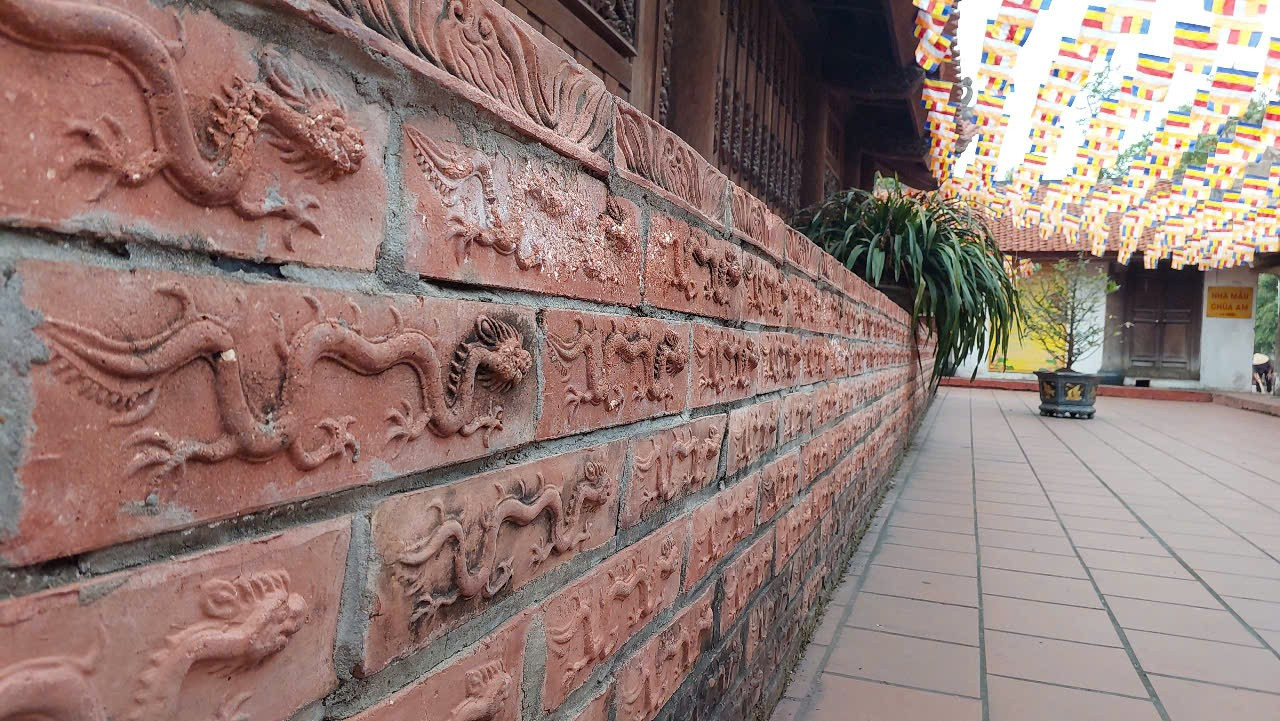
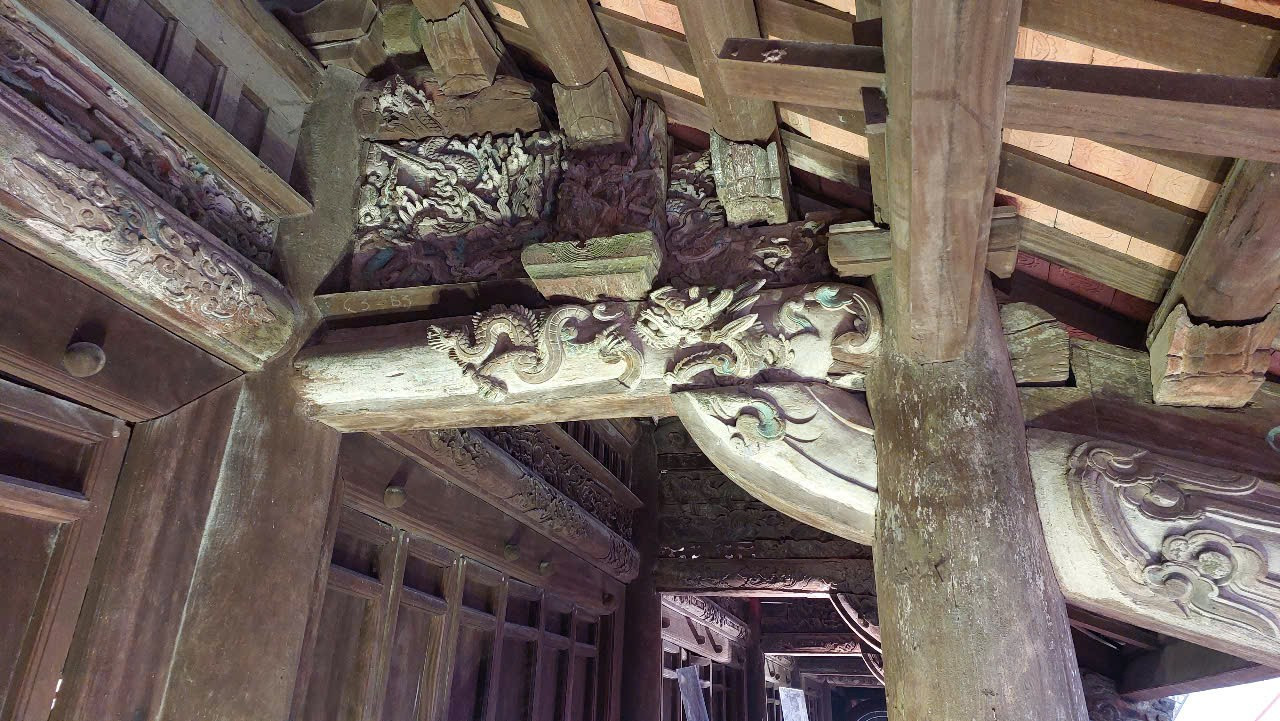
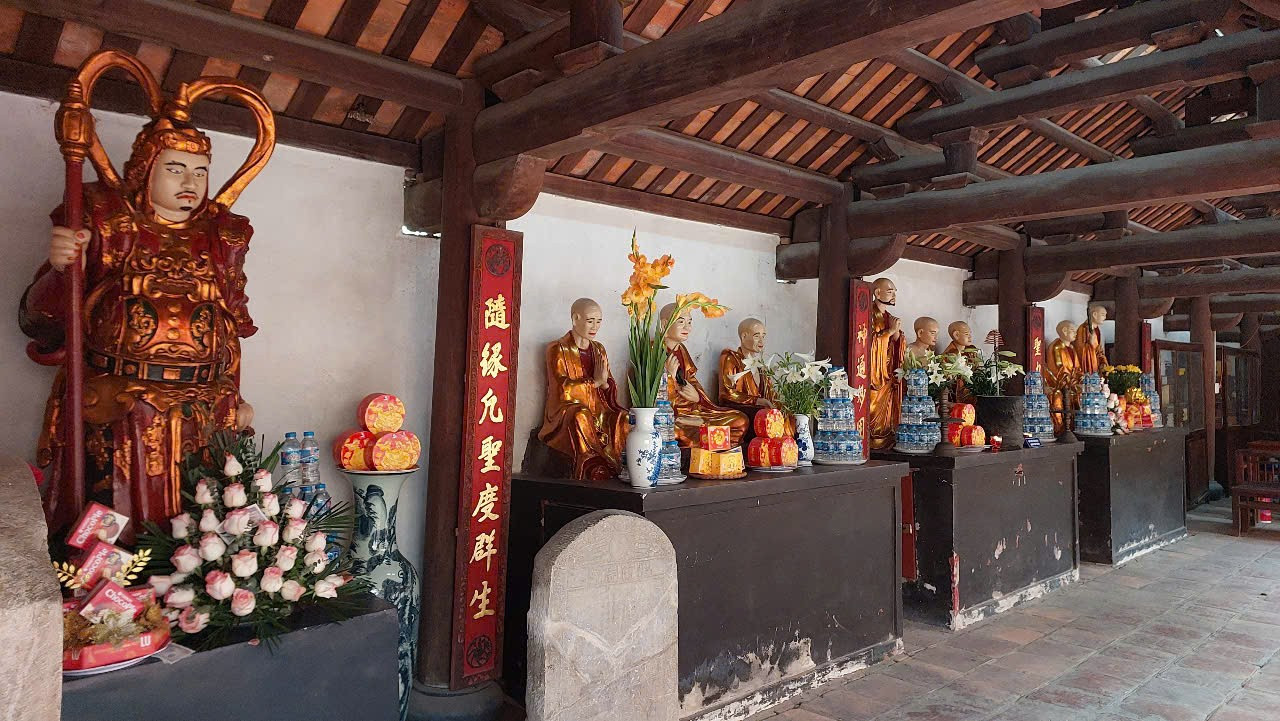
Source: https://www.vietnamplus.vn/tim-kiem-giai-phap-bao-quan-toan-than-xa-loi-hai-vi-thien-su-chua-dau-post1033805.vnp



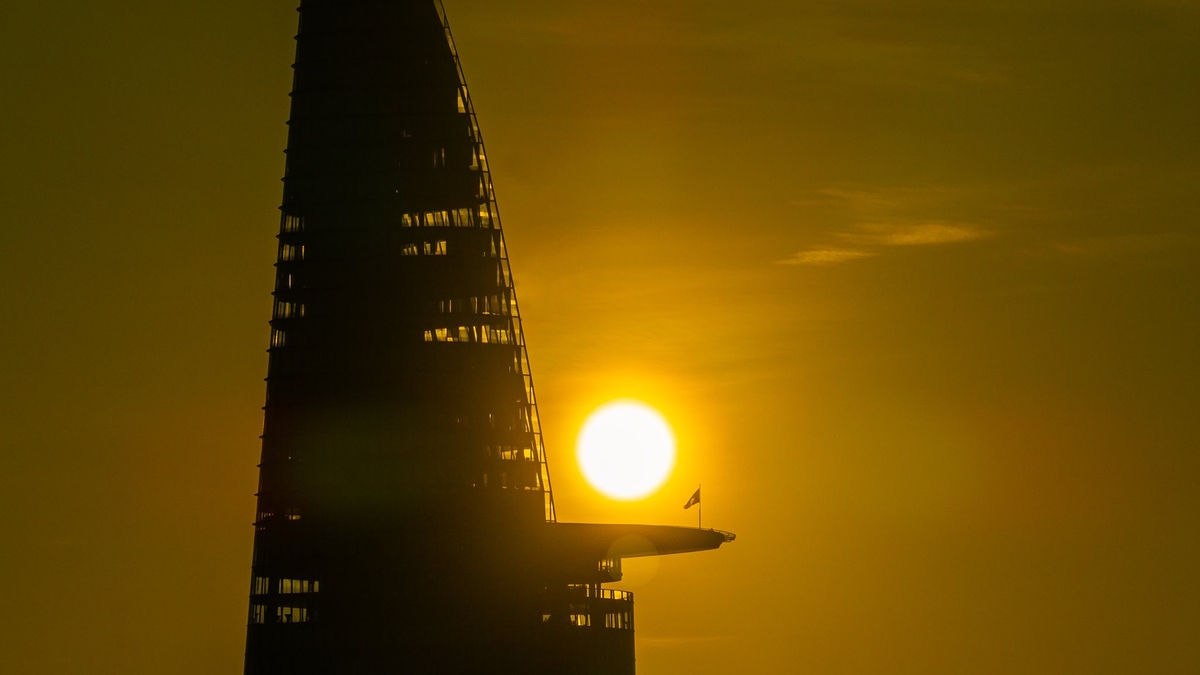


![[Photo] Prime Minister Pham Minh Chinh starts construction of vital highway through Thai Binh and Nam Dinh](https://vphoto.vietnam.vn/thumb/1200x675/vietnam/resource/IMAGE/2025/5/12/52d98584ccea4c8dbf7c7f7484433af5)
![[Photo] Buddha's Birthday 2025: Honoring the message of love, wisdom, and tolerance](https://vphoto.vietnam.vn/thumb/1200x675/vietnam/resource/IMAGE/2025/5/12/8cd2a70beb264374b41fc5d36add6c3d)

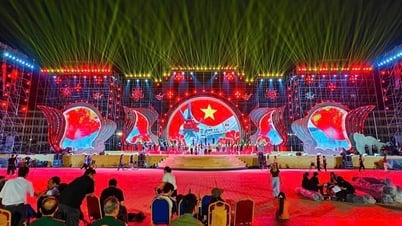
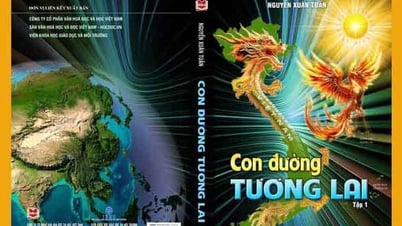
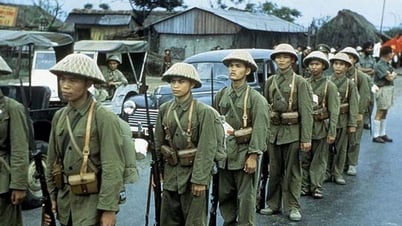
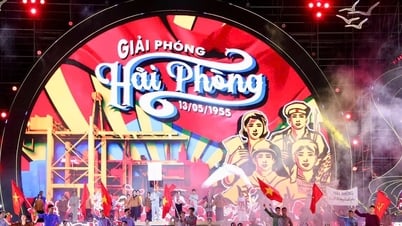
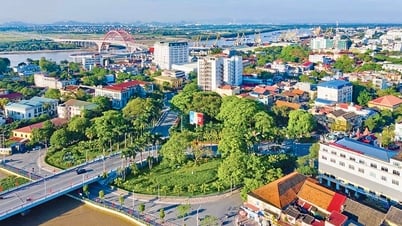





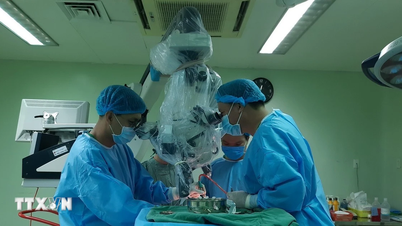
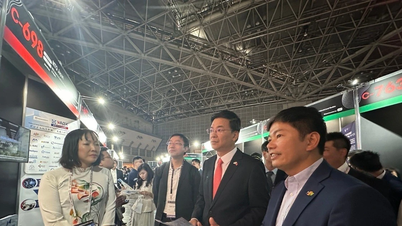
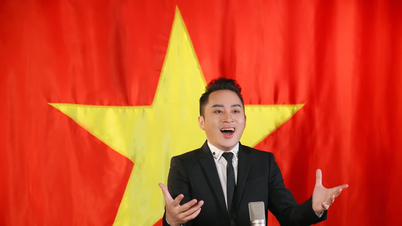

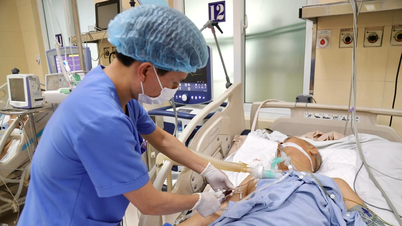
![[Photo] General Secretary To Lam meets and expresses gratitude to Vietnam's Belarusian friends](https://vphoto.vietnam.vn/thumb/1200x675/vietnam/resource/IMAGE/2025/5/11/c515ee2054c54a87aa8a7cb520f2fa6e)
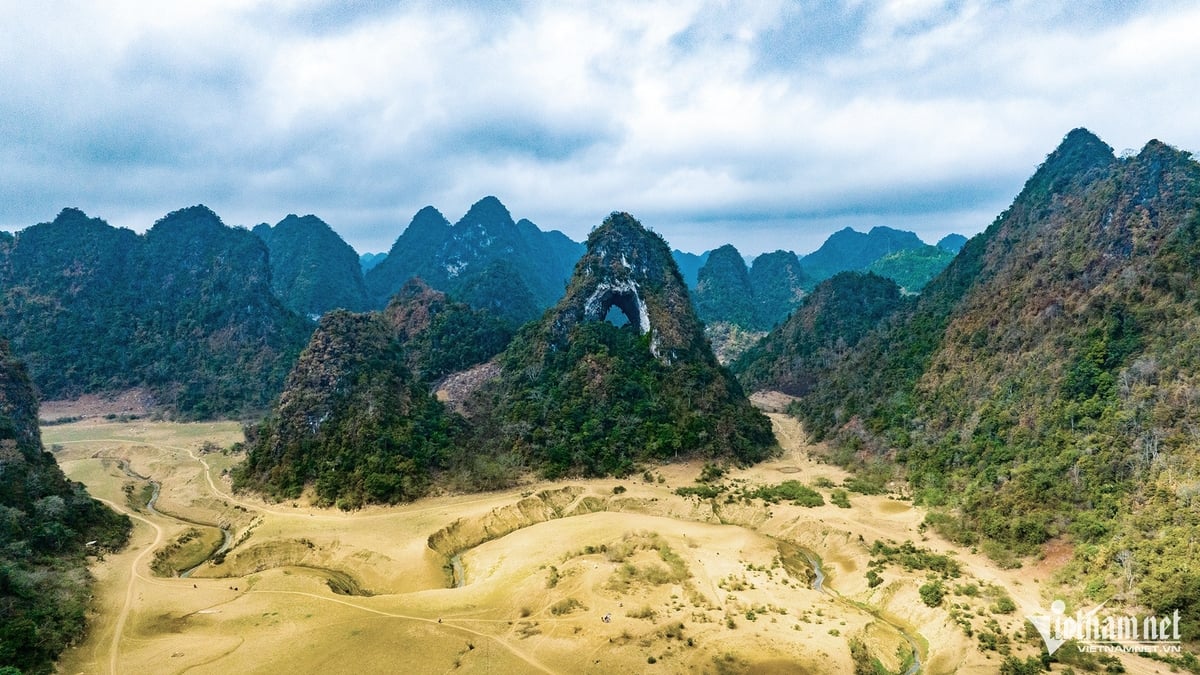






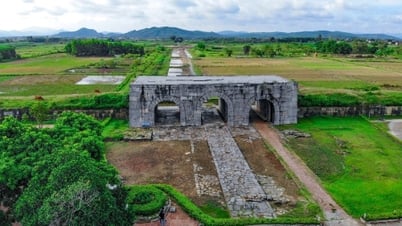



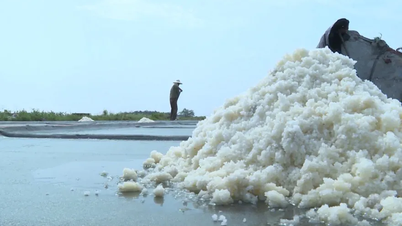





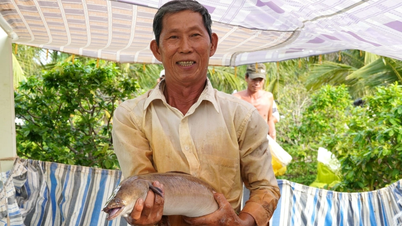

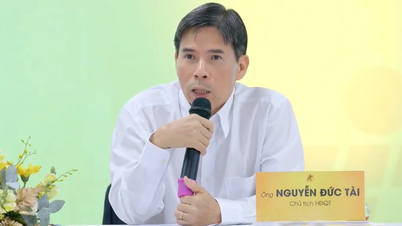


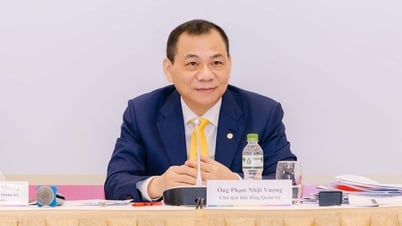



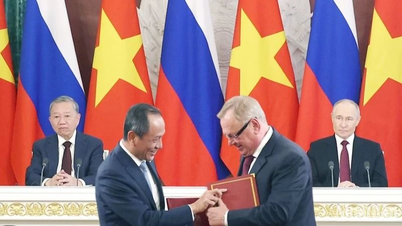


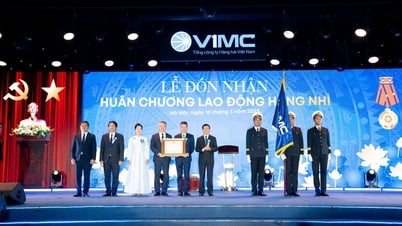




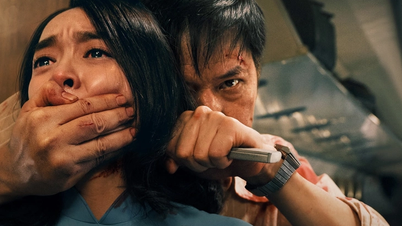

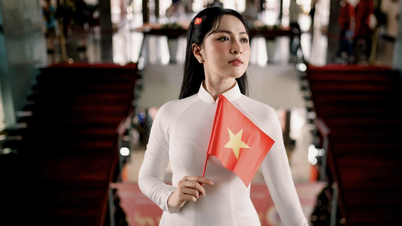
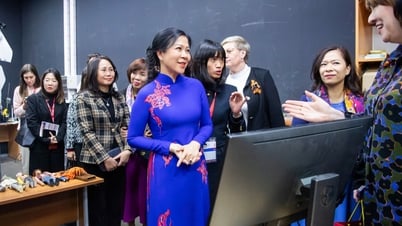

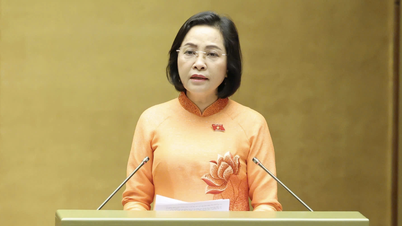
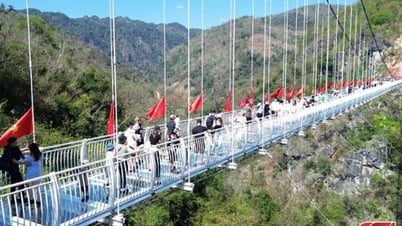


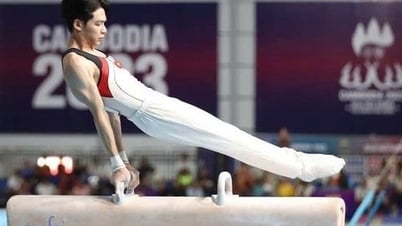
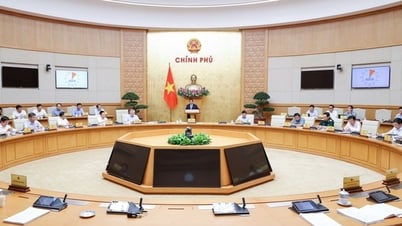
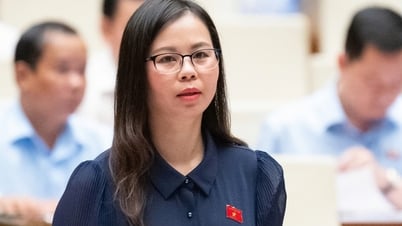
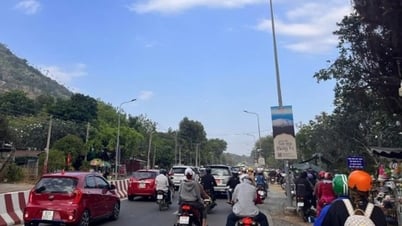
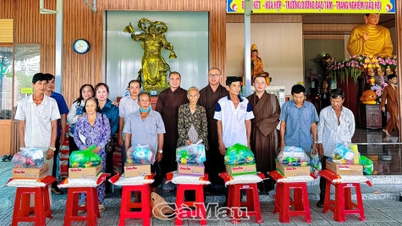

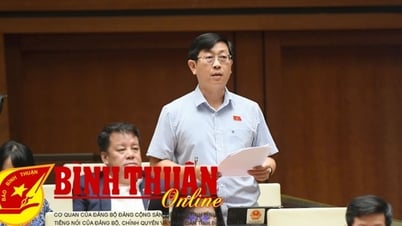

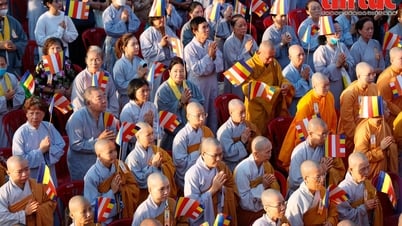

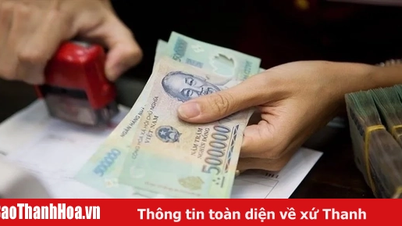

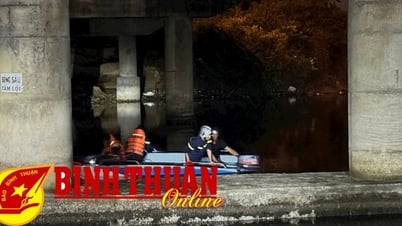
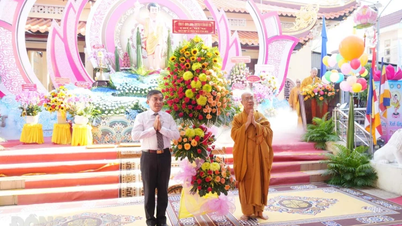











Comment (0)